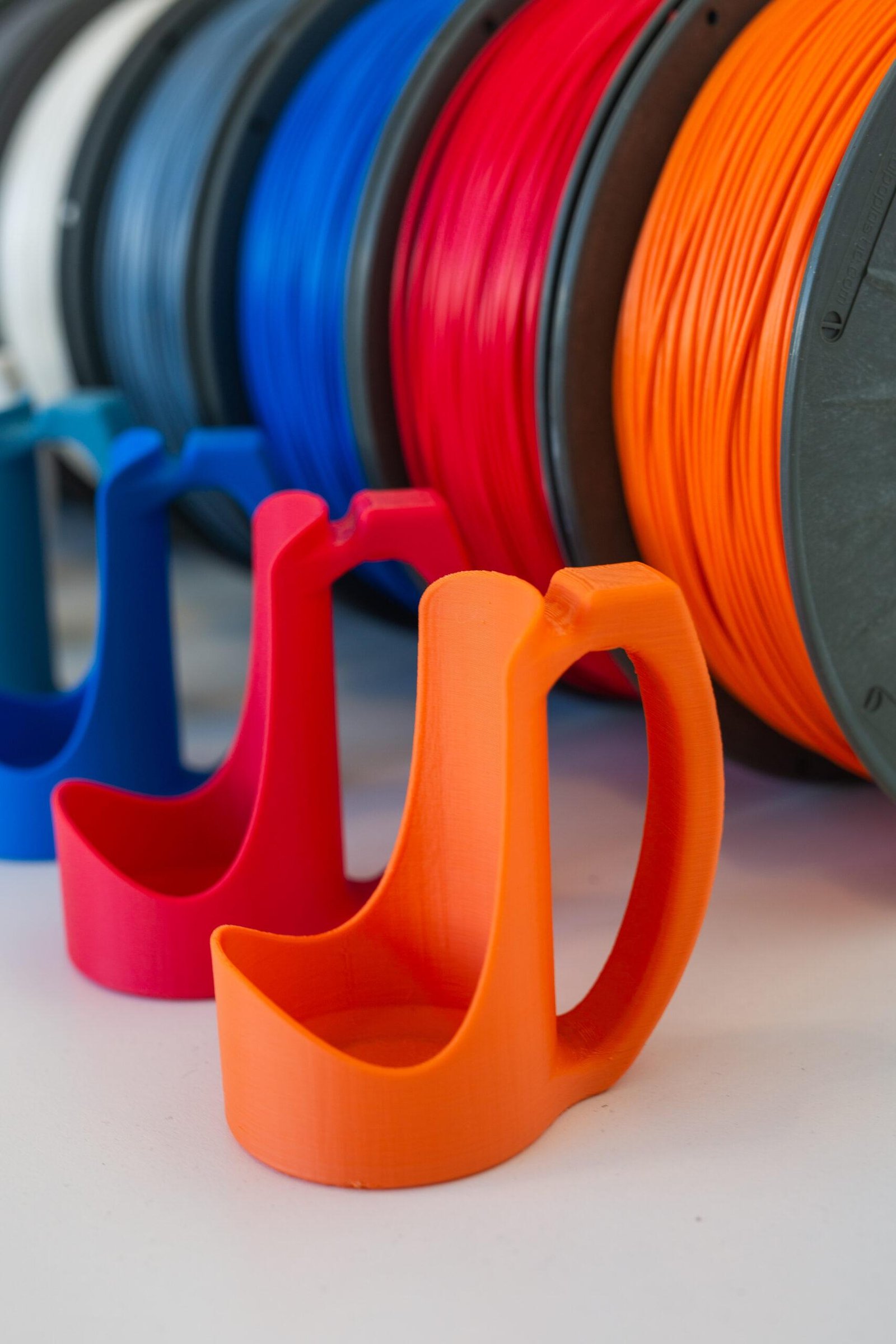Maintaining a clean nozzle is crucial for anyone serious about 3D printing, especially when working with PETG filament. PETG offers a wonderful balance of strength and flexibility, but it also has a reputation for leaving behind stubborn residue that can impact your future prints. If you’ve ever dealt with clogs, inconsistent extrusion, or print defects after using PETG, nozzle cleaning should become a regular part of your maintenance routine. In this guide, you’ll learn exactly why PETG leaves residue, the safest and most effective cleaning methods, and how to prevent nozzle issues before they start.
Why PETG Residue Builds Up in the Nozzle
PETG is popular for its strength and chemical resistance, but it’s also slightly stickier than filaments like PLA. It tends to leave a thin film inside the nozzle, especially at high temperatures or if left heated for too long. Over time, this residue hardens and narrows the nozzle opening, causing under-extrusion, stringing, or even total blockages. Unlike PLA, which is easy to clear with a cold pull, PETG’s higher melting point and tendency to bond tightly to metal surfaces make cleaning a bit more challenging.
Spotting Nozzle Clogs After PETG Printing
Common symptoms of a dirty or clogged nozzle include:
- Irregular extrusion or “clicking” sounds from the extruder
- Thin, uneven, or missing layers in prints
- Wispy strings or blobs forming around the print area
- Difficulty feeding new filament
If you notice any of these signs after using PETG, it’s time for a thorough nozzle clean.
Essential Safety Precautions
Before cleaning your nozzle, always ensure your safety. Start by turning off and unplugging your printer. Allow it to cool down, especially if you plan on removing parts or using sharp tools. Have a set of small pliers, cleaning needles, and heat-resistant gloves ready. If using chemicals or solvents, work in a well-ventilated space and use protective eyewear.
Step-by-Step: How to Clean the Nozzle After PETG Printing
1. The Cold Pull Technique
The cold pull, or “atomic pull,” works best for minor PETG residue and partial clogs. Here’s how to do it:
- Heat your nozzle to PETG’s printing temperature (230-250°C).
- Insert a piece of cleaning filament or nylon filament.
- Lower the temperature to around 90-100°C, then gently pull the filament out. Ideally, you’ll see PETG residue clinging to the end.
- Repeat if necessary until the filament comes out clean.
This method is gentle and can often dislodge stubborn bits of PETG without damaging the nozzle.
2. Manual Cleaning With Needles or Brushes
For more severe clogs, you might need to manually clear the nozzle:
- Heat the nozzle to PETG temperature.
- Use a fine nozzle cleaning needle (usually 0.4mm or 0.6mm) to carefully push through any blockages.
- Move the needle up and down to loosen residue, being careful not to bend or break the needle inside the nozzle.
- Follow up with a small wire brush on the nozzle tip’s exterior.
3. Using Cleaning Filament
Cleaning filament is specially designed to pick up and carry away residues from inside your nozzle. Simply load it into your printer and run it through at a moderate temperature (typically 200-230°C). The cleaning filament will purge leftover PETG and other debris as it extrudes. This is especially effective if you regularly switch between different filament types.
Deep Cleaning for Severe Clogs
If the above methods don’t work, a deep clean is in order. This often involves removing the nozzle entirely:
- Heat the hotend to PETG temperature, then use a spanner to unscrew the nozzle.
- Soak the nozzle in acetone or a commercial nozzle cleaning solution (check compatibility; PETG is not always acetone-soluble, but soaking helps loosen debris).
- For truly baked-on residue, a small blowtorch can burn off plastics (advanced users only—always use caution and appropriate safety gear).
- Rinse thoroughly, dry, and reinstall the nozzle.
Preventative Maintenance Tips
To minimize future PETG buildup:
- Always print at the recommended temperature for your PETG filament.
- Avoid leaving the nozzle heated and idle for long periods.
- Perform a cold pull every few prints as preventative maintenance.
- Store PETG filament in a dry, dust-free container to avoid introducing contaminants.
- Consider using cleaning filament regularly, especially when switching filaments.
Troubleshooting: Common Mistakes and What to Avoid
When cleaning your nozzle, avoid the temptation to use excessive force. Forcing a needle through a cold nozzle can damage both the needle and the nozzle. Never use hard metal objects (like sewing needles or nails) as they can scratch the nozzle’s interior, making future clogs more likely. If cleaning efforts fail and you continue to see printing issues, it might be time to simply replace the nozzle.
Conclusion
PETG is a fantastic filament for many 3D printing projects, but it demands a little more care when it comes to nozzle maintenance. By making nozzle cleaning a habit, using the right tools, and following the safest techniques, you’ll ensure your printer consistently delivers top-quality prints. Take a few minutes after every PETG project to clean your nozzle, and your 3D printing experience will be smoother, more reliable, and a lot more enjoyable.

